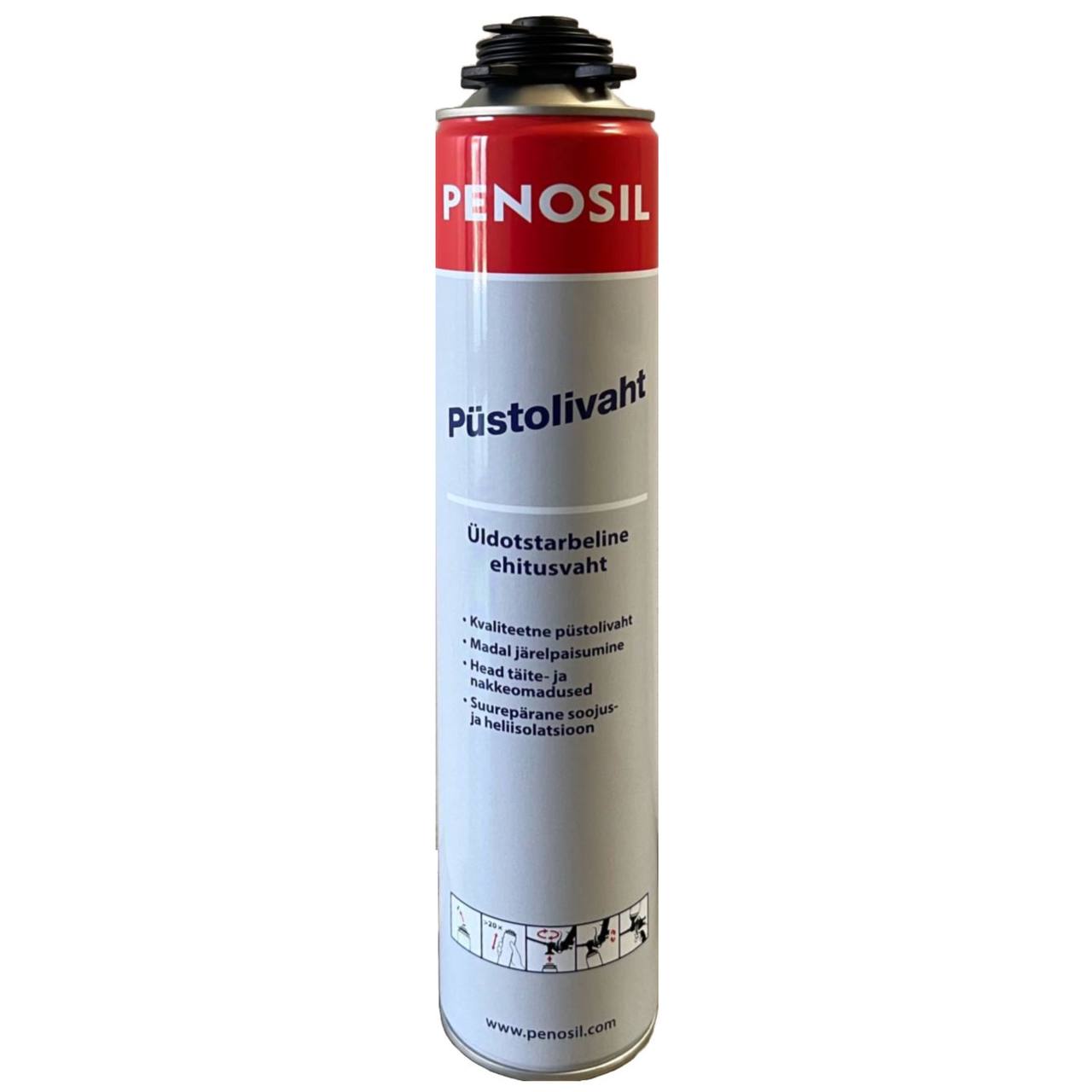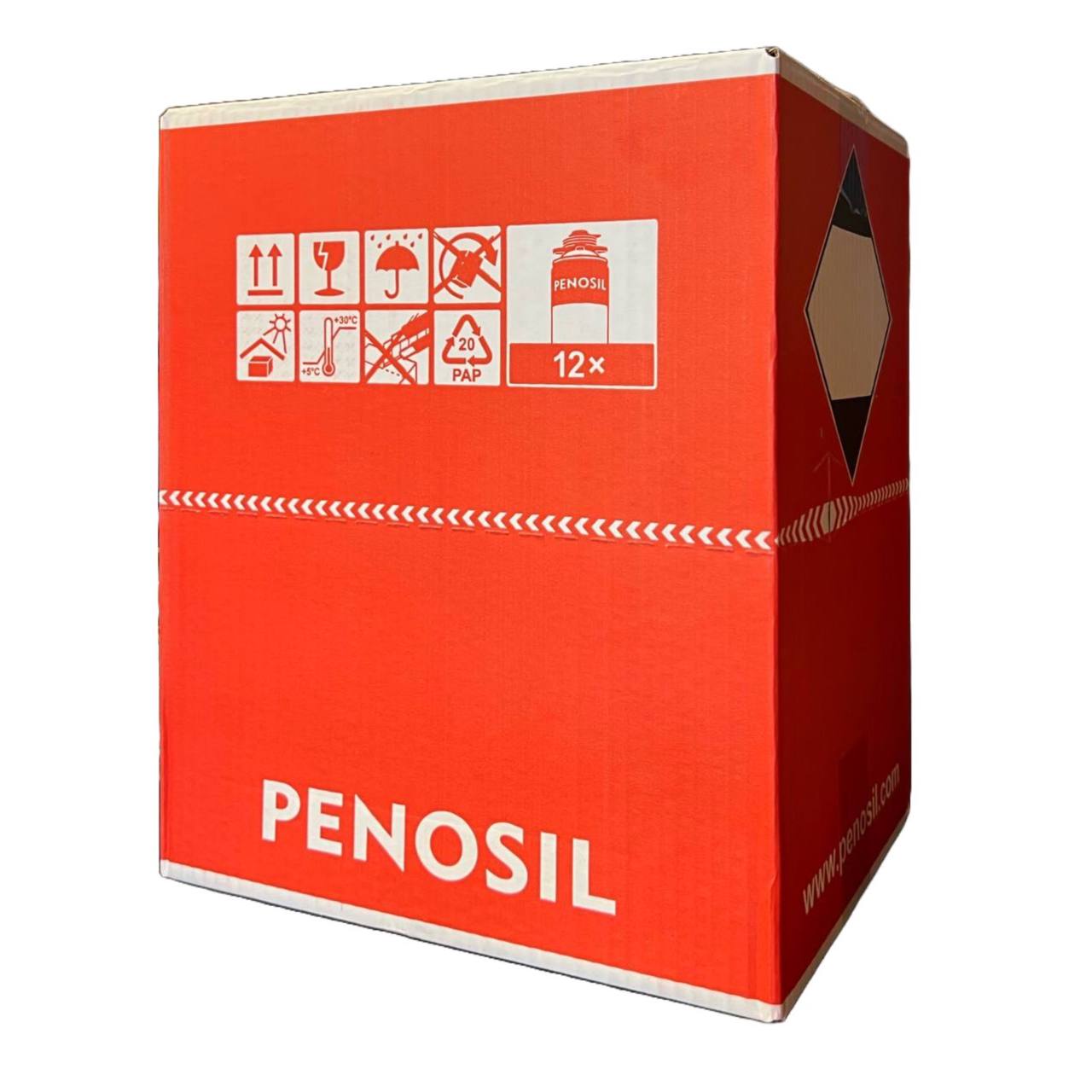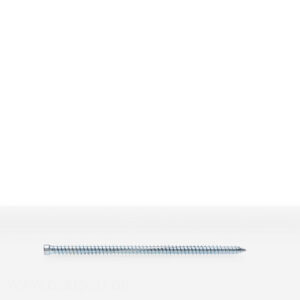FALSE
- Low backfill
- Does not deform structures
- Good filling and baking properties
- Excellent thermal and sound insulation
SECTORS
- Installation and sealing of doors, windows, insulating panels and other building structures.
- Filling gaps, sealing penetrations.
- Thermal and sound insulation.
- Reducing the impact of cold bridges.
NUCLEARITY
- Puit
- Concrete
- Stone
- Plaster
- Metal
- PVC and polystyrene
PAKEND
1000 ml aerosol cylinder,
content 750 ml,
12 pcs in a box
VIEWS
- Air temperature during use: +5 °C to +30 °C.
- Temperature of the balloon: +5 °C to +25 °C, best results at +20 °C.
- As there is a wide range of building materials, we always recommend testing the suitability of a product before use.
- When working at low temperatures, the foam balloon should be preheated to room temperature (around 20 °C).
- Use Penosil Foam Cleaner to clean tools and surfaces from non-sticky foam.
- Use Penosil Cleaning Wipes to clean hands and clothes from non-sticky foam.
- Penosil Foam Remover softens stubborn foam and helps to remove it more easily.
SHARE
- The foam will not stick to Teflon, polyethylene and silicone surfaces.
- Setting adhesive foam is sensitive to UV and sunlight and needs to be covered with a suitable opaque sealant, foam, paint or other material.
- Do not cover until the foam has completely set.





